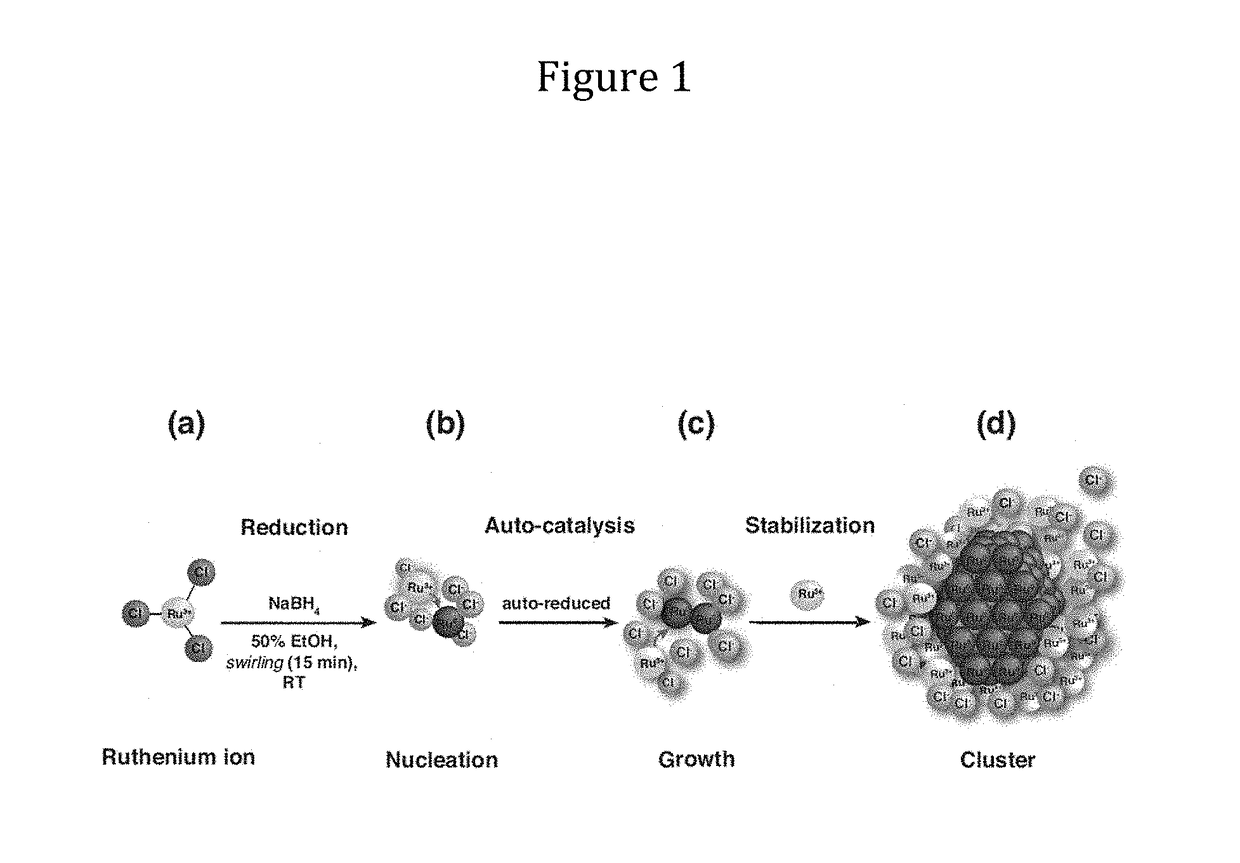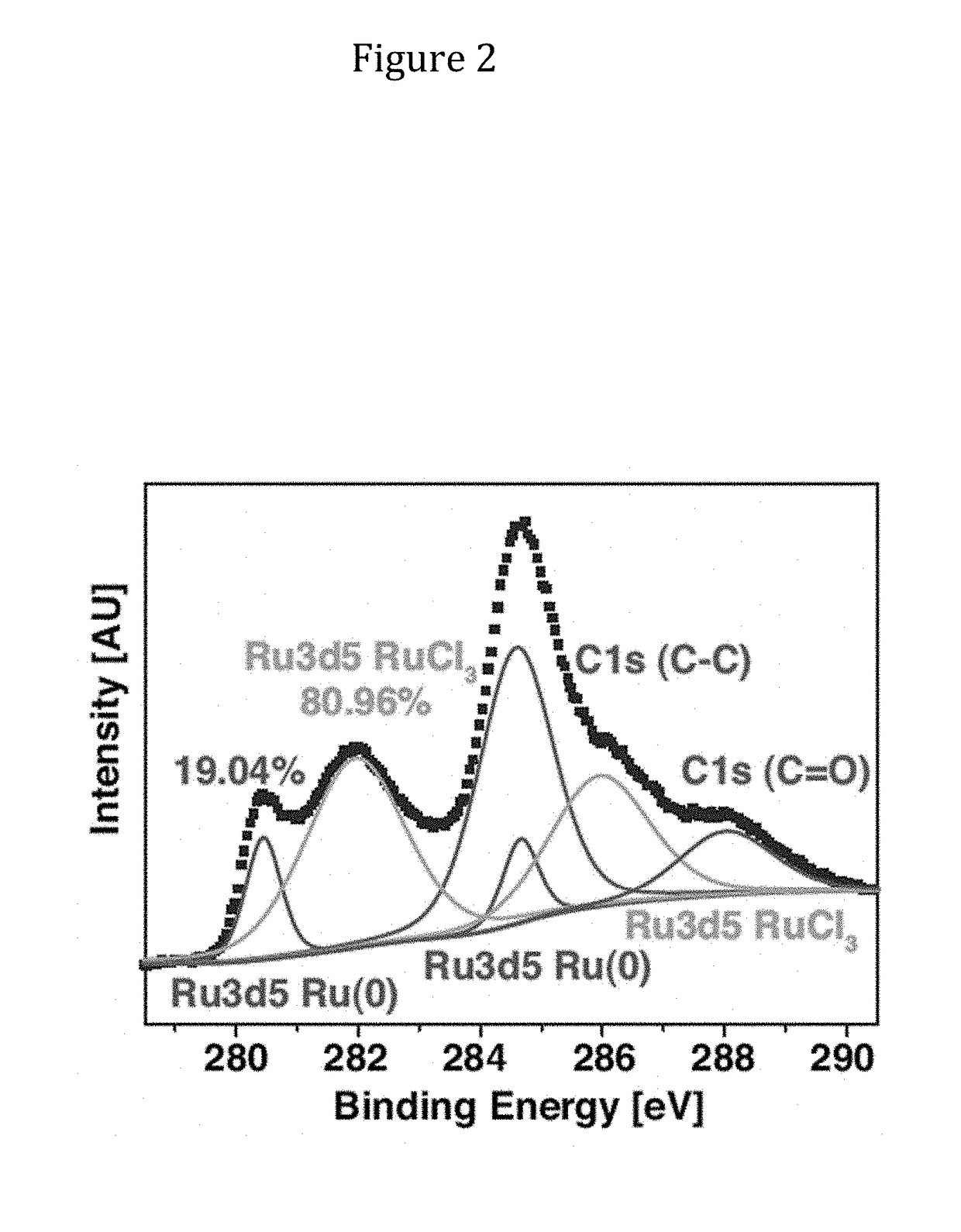Method of storing a gas, in particular hydrogen
a technology of gas storage and hydrogen, applied in the direction of organic compounds/hydrides/coordination complexes, physical/chemical process catalysts, metal/metal-oxides/metal-hydroxide catalysts, etc., can solve the problem of difficulty in storing gas, in particular hydrogen, as an alternative energy sour
- Summary
- Abstract
- Description
- Claims
- Application Information
AI Technical Summary
Benefits of technology
Problems solved by technology
Method used
Image
Examples
Embodiment Construction
[0040]Hydrogen is among the leading candidates as an alternative energy source for the future. Whilst hydrogen gas is used in a variety of ways to generate energy, the most efficient process entails its conversion to electrical energy via fuel cell technologies. Fundamental technology exists for both the storage of hydrogen as well as its on-board production; however, improvement of current methods is crucial to achieve more efficient practical applications. Catalytic nanoparticles (NPs) have attracted a great deal of interest among both scientific and industrial communities owing to the unique properties derived from their characteristic large surface area-to-volume ratios. In order to achieve their small size during preparation, and to prevent subsequent particle coalescence due to the enhanced surface tension associated with small particle sizes, NPs are generally stabilized through the introduction of surfactants or surface-bound ligands and stabilizing agents. While the NPs mus...
PUM
| Property | Measurement | Unit |
|---|---|---|
| temperature | aaaaa | aaaaa |
| wt % | aaaaa | aaaaa |
| molar ratio | aaaaa | aaaaa |
Abstract
Description
Claims
Application Information
 Login to View More
Login to View More - R&D
- Intellectual Property
- Life Sciences
- Materials
- Tech Scout
- Unparalleled Data Quality
- Higher Quality Content
- 60% Fewer Hallucinations
Browse by: Latest US Patents, China's latest patents, Technical Efficacy Thesaurus, Application Domain, Technology Topic, Popular Technical Reports.
© 2025 PatSnap. All rights reserved.Legal|Privacy policy|Modern Slavery Act Transparency Statement|Sitemap|About US| Contact US: help@patsnap.com



